Pet owners often associate outdoor adventures with excitement, exercise, and exploration for their furry companions. However, beneath the earth lies a hidden realm of potential dangers that can jeopardize your pet’s overall health. From parasites, bacteria, viruses, and fungal spores, the soil harbors a myriad of hazards that can wreak havoc if left unchecked. Our Envision More Veterinary Ophthalmology team digs into the dangers in dirt that can affect pets, focusing on how these soil-borne threats can impact their eyes.
Bugs below the surface: Parasite eggs and pets
The soil is teeming with microscopic organisms, including parasite eggs, which pose a significant threat to your pet’s health. Parasites like roundworms, hookworms, and whipworms deposit their eggs in the soil through the feces of infected animals, including pets, livestock, and wildlife. When your pet contacts the contaminated soil, they risk ingesting these eggs, which can cause internal infestations and a myriad of other health issues, including gastrointestinal (GI) upset, weight loss, and organ damage. Roundworms, in particular, can migrate to the eyes, causing a condition called ocular larva migrans that results in severe inflammation and discomfort. Roundworms can also migrate to various organs or the brain in pets and people, making parasite prevention, deworming practices, and good hygiene exceptionally important.
Microbial menaces in the dirt: Bacteria, viruses, and pets
Beyond parasite eggs, the soil is a breeding ground for harmful bacteria and viruses that can jeopardize your pet’s health. Pathogenic bacteria, such as Salmonella, Escherichia coli (E. coli), Clostridium perfringens, Leptospira spp., and viruses like canine parvovirus and canine distemper virus can contaminate soil through animal waste or environmental sources.
When pets contact the contaminated soil, they may inadvertently ingest these pathogens, leading to GI upset, respiratory illnesses, urinary tract infections, or skin issues. Moreover, certain bacteria and viruses, like distemper, herpesvirus, and hepatitis, can cause ocular infections with redness, discharge, and irritation, as well as other eye problems.
If your pet contracts a bacterial or viral infection from contaminated soil, they may develop a fever, diarrhea, vomiting, lethargy, respiratory distress, or neurological abnormalities. In some cases, these infections can lead to septicemia or organ failure.
To minimize the risk of bacterial and viral infections, practice good hygiene (e.g., washing your hands after handling soil or engaging in outdoor activities with your pet). Also, ensure your pet’s vaccinations are up-to-date to protect them against common infectious diseases.
Soil-borne spores: Fungi and pets
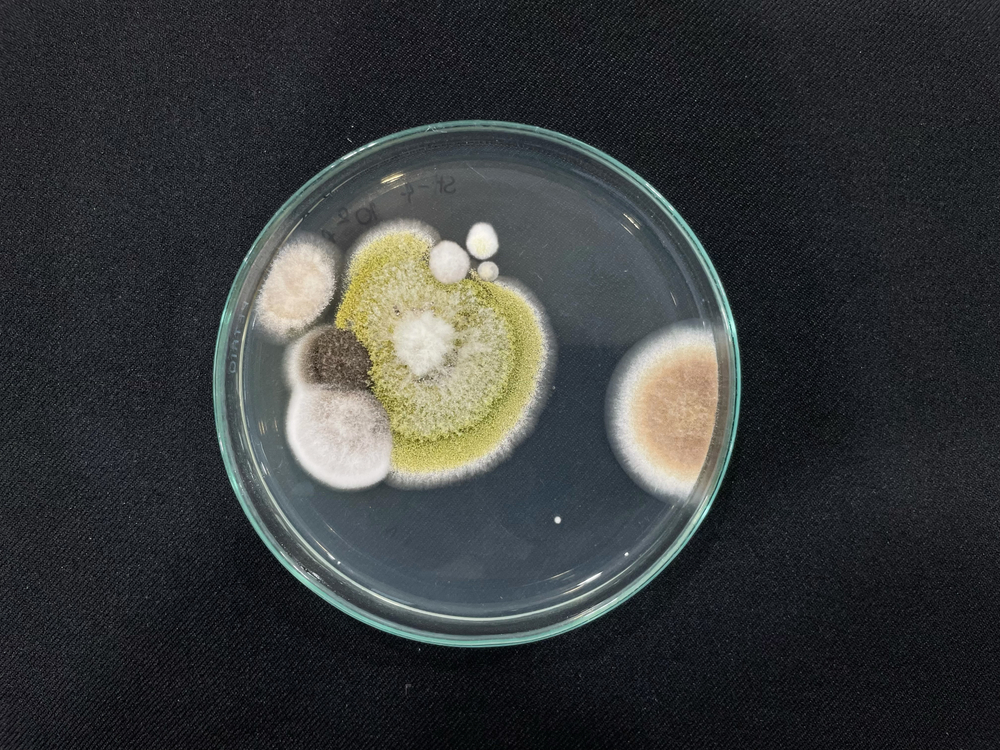
Fungal spores are another concern for pet owners, as certain species can cause devastating eye infections. Soil-borne fungi like Histoplasma, Blastomyces, and Cryptococcus species can proliferate in damp, organic-rich environments, including garden soil and decaying vegetation.
Pets digging, playing, or rolling in contaminated soil can stir up and inhale fungal spores, which can lead to eye inflammation or retinal detachment, and potentially glaucoma and blindness. Other problems seen with fungal infections include skin lesions, joint swelling and pain, coughing, fever, and lethargy.
To safeguard your pet against fungal infections, maintain a clean and dry outdoor environment, and discourage digging as much as possible. Promptly seek veterinary care if you notice any signs of ocular discomfort or infection in your pet.
While dirt may seem innocuous, it harbors a multitude of hazards that can pose serious risks to your pet’s health, including their eyes. By understanding the dangers lurking in the soil and taking proactive mitigation measures, you can help keep your furry companion safe and healthy.
If your pet develops an unusual eye condition, it may be the result of a soil-borne contaminant. Schedule an appointment as soon as possible with our Envision More Veterinary Ophthalmology team, so we can determine the source of your furry pal’s ocular problems.


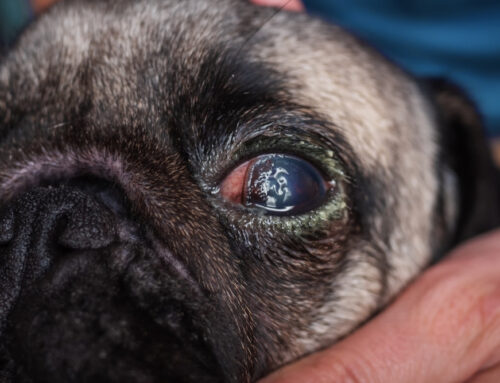
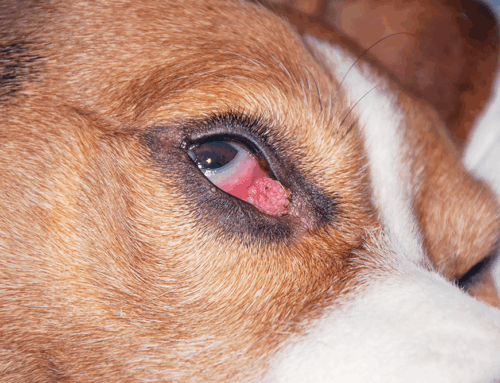
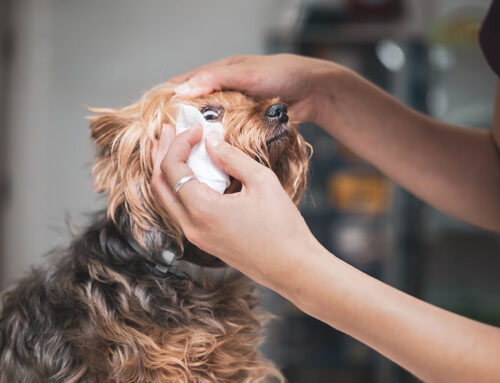
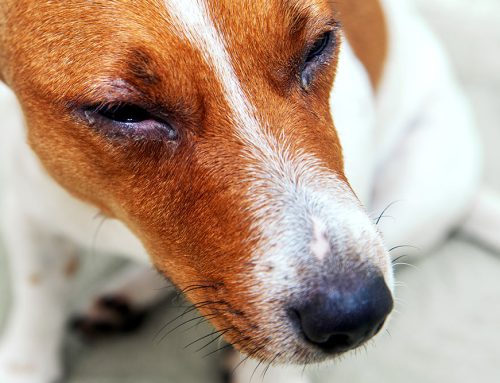

Leave A Comment